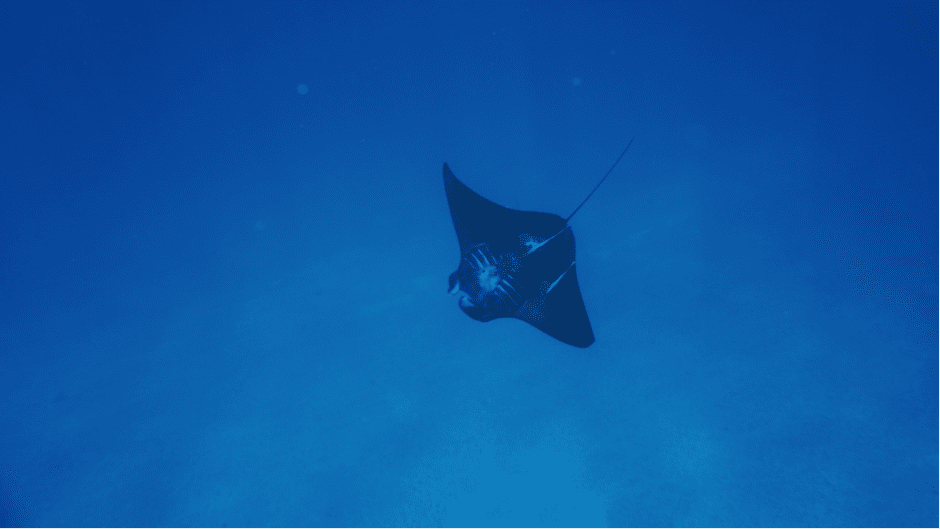
During the surface interval our guides will supply you with refreshments, cookies and delicious Costa Rican Pineapple! Our boats leave every day at 8:30am for 2 tank dives to one of our many local dive sites suitable for beginners up to advanced divers. We dive in small groups of 4 on the most comfortable boats in Playas del Coco. Of course we also welcome fun divers who will be guided by one of our Divemasters or Instructors. Once you have been down into our magical underwater world, you will love the experience and want more. Training starts at 10 years of age and it doesn’t matter if you have never tried to Scuba Dive, our instructors will take very good care and introduce you to the underwater world. All our instructors are carefully selected and trained so we all teach according to the same high standards. Right now Rich Coast Diving is the only CDC facility in Costa Rica with the highest level of training available in the PADI system. We added another course director and became a PADI Career Development Center (CDC) with technical diving. In 2008 we became a PADI IDC center and started training instructors.
#Baby manta ray tickled professional#
On December 1st, 2005, we became proud owners with a mission – to change this dive shop in to a professional dive center. Rich Coast was a PADI dive center which catered to divers and students. At 30 meters deep we were surrounded by bull sharks! Once back on shore we decided we wanted more of this and ended up buying the Rich Coast Diving Dive Shop. As avid divers we found Playas del Coco (the best place in Costa Rica to dive) and our first dive was to the Bat islands. In 2005 we had just sold our Dive Center on Curacao in the Caribbean and went for a well-deserved vacation to Costa Rica. The guest writers for this article are Martin and Brenda van Gestel, owners of Rich Coast Diving in Playas del Coco, Guanacaste, Costa Rica. This isn’t the Caribbean baby this is the mighty Pacific Ocean. Sitting on the breadbasket of the Ocean, the Gulf of Papagayo is home to just about every warm water sea creature known. They say once you come to this area you always come back – well they must be talking about the Divers.

Whether it is seeing the biggest sea turtle you have ever seen come out of a hidden canyon on the back side of the Bat Islands, coming upon a group of adolescent Humpback Whales with their Mother calling in the distance out at Santa Elena Point, being engulfed by a huge school of fish only to have them instantly disappear upon the arrival of a pod of Dolphins, diving with your first Giant Manta Ray or Whale Shark or coming upon a friendly Sea Horse on one of the local dive sites, well the list goes on. ( Learn why manta rays swim in mesmerizing circles.Everyone who has been diving out of Playas del Coco, Costa Rica has their own story. That’s mostly because of the reef manta's massive size an adult can easily weigh more than a ton. When viewed from above, their dark backs blend in with the darker water below, and when viewed from below, their light bellies blend into the sunlit surface-a configuration generally thought to offer protection from predators, such as sharks.Įven so, Stevens thinks the manta’s atypical color shouldn’t impact its survival or vulnerability to predation. The latter, which is most common, features a pattern called countershading, in which the fish has a black back and a white belly. Reef mantas typically come in three color patterns: All-black, all-white, or black-and-white.

Guy Stevens, CEO and co-founder of the U.K.-based Manta Trust, agrees that erythrism is the most plausible explanation. ( Go inside the underwater world of manta rays with a National Geographic photographer.) “Having seen other pigmentation-related mutations in fishes, it’s not completely unexpected that this exists, but it’s really cool to see regardless,” Solomon says by email. Other more well-known genetic mutations to an animal’s pigment can make them melanistic (black) or albino (white).
#Baby manta ray tickled skin#
Solomon David, an aquatic ecologist at Louisiana’s Nicholls State University, suspects the mutation is a condition called erythrism, which causes an animal’s skin pigmentation to be reddish, or in some cases, pink.


 0 kommentar(er)
0 kommentar(er)
